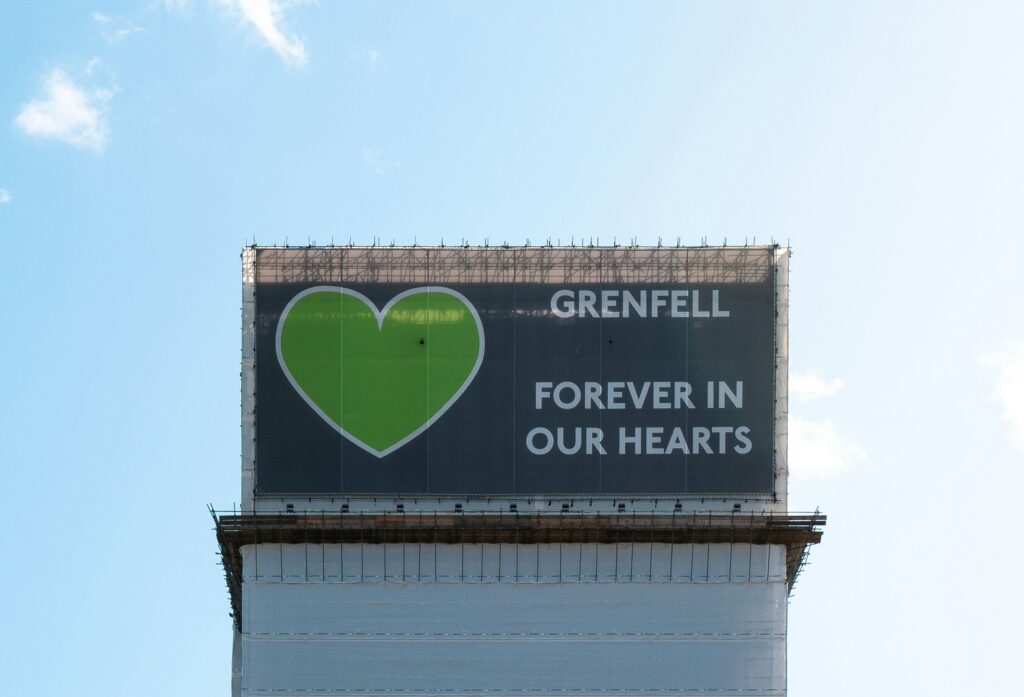The Grenfell inquiry shines a light on the conduct (or lack of conduct) of manufacturers, refurbishment companies and local authorities. The inquiry is on the whole damning, showing many failings which should have been avoided but ended up compromising safety to life.
The Grenfell fire killed 72 people in 2017. The Inquiry’s report into the tragedy identified that there were many failings, such as within evacuation and tenancy, however unsafe cladding has been noted as the primary reason why lives were lost.
It isn’t the first time cladding has been noted as a fire risk. A multi-storey building in Merseyside caught fire in 1992, and another, a 14-storey in Scotland in 1999. At the time, an MPs report recommended to the government that they bring into law a ruling that only non-combustible cladding should be used on tall buildings, which was ignored. Now, following the Grenfell fire, an inquiry has been concluded, and its report includes various recommendations which we may see be adopted in the near future.
The inquiry found there had been systematic dishonesty
The report found that a manufacturer deliberately concealed the true extent of the dangers related to cladding. Tests showed the cladding performed poorly when exposed to fire, which was known to manufacturers but missed out of the information given to the BBA. Incorrect statements relating to the limitations of the product were not addressed by various manufacturers.
We’ve put together a list of the failures mentioned in the Grenfell inquiry:
- The cladding manufacturer concealed the risks of the product.
- The insulation manufacturers knew the product was not suitable for Grenfell, and misled the market on the product’s limitation.
- Refurbishment companies failed to identify risks and act on fire safety.
- The Fire Brigade were shown to have failed at training firefighters and lacked strategy.
- Local authorities were shown to be indifferent to fire safety and organisation of tenants.
- The government missed opportunities to bring non-combustible cladding into law.
What are the Grenfell inquiry’s recommendations?
In light of the above failures, the inquiry states that the government should be legally required to maintain a publicly accessible record of recommendations made by select committees, coroners and public inquiries.
In the Phase 1 report, the Chairman recommended that the owner and manager of every high-rise residential building be required by law to prepare personal emergency evacuation plans.
The coroner made recommendations after a previous fire in 2013, which were not addressed or complied with. The coroner recommended improvements to fire safety, firefighting, fire risk assessments and retro-fitting sprinklers in high-rises; it also included directives on maintenance and refurbishment.
The main recommendation of the Grenfell inquiry was for the Secretary of State to appoint a Chief Construction Advisor. This person would monitor all aspects of building regulations and guidance, provide advice, and consider matters affecting the construction industry that the government should be aware of.
The government were also advised to bring in a Construction Regulator. This department would take on the following functions: (taking over from the multitude of bodies who currently supervise these)
- Regulation of construction products
- Development of testing materials in relation to fire
- Certification of products
- Certification of compliance
- Oversight of building control
- Licensing of contractors
- Carrying out research
- Collecting information
- Accrediting fire risk assessors
- Maintaining a public library
The Grenfell inquiry’s effecton the Building Safety Act 2022
The Building Safety Act 2022 has been passed since the Grenfell fire and is commonly seen as a legislative response to the tragedy.
The main objective of the Building Safety Act 2022 is to place requirements on the individuals and bodies who procure, design, plan and manage building work. These requirements therefore increase the responsibility and duty of those who may be held accountable.
The Building Safety Act introduces a new term – “higher risk buildings” – which relates to buildings above 18 meters in height with at least seven storeys. This term not only references the material and construction of the buildings, but also the likelihood that the building has a higher presence of vulnerable people and difficult evacuation procedures.
The Building Safety Act should be studied by all businesses who work on or alongside higher risk buildings, and will be enforced by the recommended Construction Regulator predicted to be appointed.
What effect will the Grenfell inquiry have on insurance?
In our experience, the main impact upon insurance took place immediately after the fire – .manyinsurers reviewed their professional liability covers for construction businesses and manufacturers, and decided to restrict cover and reduce limits due to the highlighted risk.
The market was restricted significantly for construction businesses, surveyors and manufacturers, and anything involving cladding was omitted.
However, with the release of this report, and as time has passed, we are seeing insurers offering new limits for cover. Businesses are being offered limited cover for the reparation of defective older work,although professional liability cover for fire claims is still subject t limitations.
At Romero Insurance Brokers, we will keep a close eye on this issue, and keep you updated when we know more. To stay up to date on legislation changes and necessary regulations – subscribe to our newsletter.



